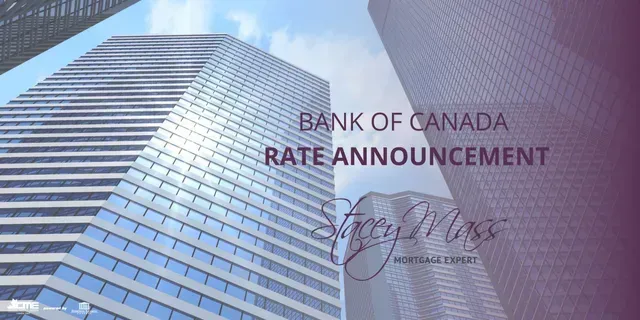Your Guide to Successfully Navigating the Housing Market
Wondering If Now’s the Right Time to Buy a Home? Start With These Questions Instead.
Whether you're looking to buy your first home, move into something bigger, downsize, or find that perfect place to retire, it’s normal to feel unsure—especially with all the noise in the news about the economy and the housing market.
The truth is, even in the most stable times, predicting the “perfect” time to buy a home is incredibly hard. The market will always have its ups and downs, and the headlines will never give you the full story.
So instead of trying to time the market, here’s a different approach:
Focus on your personal readiness—because that’s what truly matters.
Here are some key questions to reflect on that can help bring clarity:
- Would owning a home right now put me in a stronger financial position in the long run?
- Can I comfortably afford a mortgage while maintaining the lifestyle I want?
- Is my job or income stable enough to support a new home?
- Do I have enough saved for a down payment, closing costs, and a little buffer?
- How long do I plan to stay in the property?
- If I had to sell earlier than planned, would I be financially okay?
- Will buying a home now support my long-term goals?
- Am I ready because I want to buy, or because I feel pressure to act quickly?
- Am I hesitating because of market fears, or do I have legitimate concerns?
These are personal questions, not market ones—and that’s the point. The economy might change tomorrow, but your answers today can guide you toward a decision that actually fits your life.
Here’s How I Can Help
Buying a home doesn’t have to be stressful when you have a plan and someone to guide you through it. If you want to explore your options, talk through your goals, or just get a better sense of what’s possible, I’m here to help.
The best place to start? A mortgage pre-approval.
It’s free, it doesn’t lock you into anything, and it gives you a clear picture of what you can afford—so you can move forward with confidence, whether that means buying now or waiting.
You don’t have to figure this out alone. If you’re curious, let’s talk. Together, we can map out a homebuying plan that works for you.




